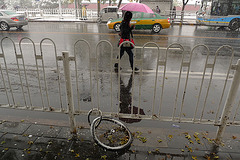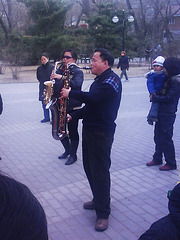
s t r её t お散歩カメラ
** osanpo camera **
** お散歩カメラ **
** pouličné momentky **
** 走过相机 **
** free walking snap **
Hohhot crossroad
| |
|
Men and kites III.
| |
|
|
Men and kites II.
| |
|
|
|
Men and kites
| |
|
大同市 中心
| |
|
|
|
Streets of Datong
| |
|
Scootering in Datong
| |
|
Finding Neverland
| |
|
Night market
Kowloon night market
| |
|
Red cabs
| |
|
Conversation
| |
|
Streets of Pingyao
| |
|
Beijing bicycle
| |
|
|
|
Countryside people watching big city show
| |
|
|
|
拆 [chāi] 1. verb [打开] tear … open 2. verb [拆毁] dis…
| |
|
|
|
Beijing’s rapid transformation into a global metropolis is astonishing. However, the efficient urban reconstruction comes at a cost to the city’s historical heritage. Thus the unique character of Old Beijing as it is known, is razed into piles of rubble. hutongs (胡同), Beijing’s traditional living quarters comprised of narrow grey-bricked alleyways, slanting tile roofs, and square siheyuan courtyards,date back to the 13th century.
Approximately 7000-8000 hutongs that originally existed in Beijing, about 90 percent have been destroyed. Even as late as the 1980s, the winding lanes filled the city, but now, they only exist within the Second Ring Road. There, in the heart of Beijing, is where the land is worth the most, yet in a cruel twist of irony, it’s also where the residents are the poorest. Many take advantage of this fact, razing the hutongs to build towering residential complexes and expensive restaurants. Those who are forced out are compensated very little, not nearly enough to find housing within the city. Instead, families who have lived together for generations are scattered, typically outside the fifth or sixth ring roads, or out of Beijing altogether.
China’s tourism boom in recent years has also impacted the hutongs. Before the 2008 Olympics, the city accelerated the destruction of hutongs to make room for the necessary sports venues and other infrastructure. Even today, there are plans to tear down the hutongs around the Drum Tower to make a large square capable of accommodating a larger tourist flow. Some of the hutongs being demolished are considered protected areas, yet the violation fines are low and regulations are not strictly enforced. Even the hutongs that survive lose their character. Turned into tourist attractions, like Nanluoguxiang (南锣鼓巷), the structures are preserved, but authenticity is not.
Credits: theculturetrip.com/asia/china/articles/the-last-hutongs-of-beijing-the-high-cost-of-urban-transformation
Miserable Day
| |
|
|
|
China jazz
| |
|
Jump to top
RSS feed- Latest items - Subscribe to the latest items added to this album
- ipernity © 2007-2024
- Help & Contact
|
Club news
|
About ipernity
|
History |
ipernity Club & Prices |
Guide of good conduct
Donate | Group guidelines | Privacy policy | Terms of use | Statutes | In memoria -
Facebook
Twitter

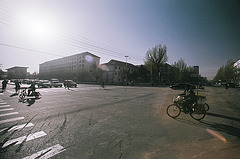
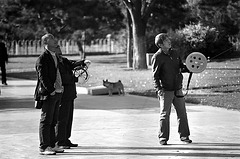

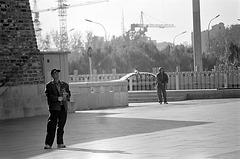
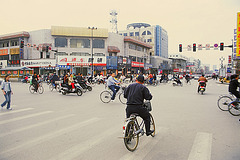
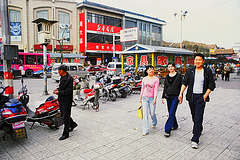



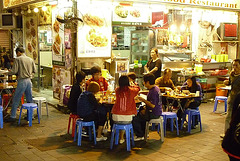




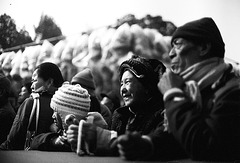
![拆 [chāi] 1. verb [打开] tear … open 2. verb [拆毁] dismantle. 拆房子 - demolish a house 拆 [chāi] 1. verb [打开] tear … open 2. verb [拆毁] dismantle. 拆房子 - demolish a house](http://cdn.ipernity.com/114/26/53/7522653.02161783.240.jpg?r2)
